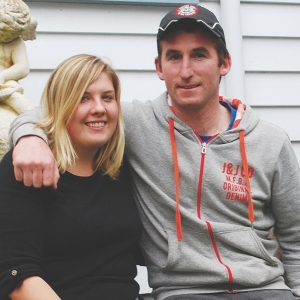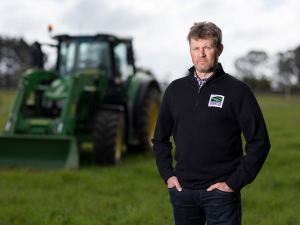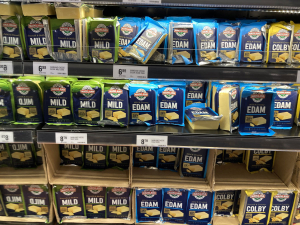The new rules are forcing more regulations, paperwork and costs on farmers, prompting fears they will abandon the scheme as being too hard.
The National Farmers Federation and Australian Dairy Farmers have slammed the changes, saying they will make it harder for farmers to find properly skilled people.
The industry groups say an already arduous task has been made more of a burden for an industry struggling to find suitable staff in the local market.
Concerns centre on the increased onus on employers to prove they can’t find Australian staff, including new advertising and market testing requirements before sponsoring an overseas worker on a 457 visa, and more stringent training guidelines.
Farmers and industry leaders say the use of skilled migrants is a vital part of the dairy industry and needs to be protected, not hindered.
The new laws are intended to crackdown on rorting, protect Australian jobs and ensure overseas workers are not exploited. But dairy leaders say the skilled migrants are not being used as a cheap option and are only employed when needed.
Dairy farmers wanting to nominate a foreign worker under the 457 visa will now have to pay A$330, up from A$85. Candidates for 457 and permanent resident visas are also facing huge fee increases.
Those aged 18-30 on 417 working holiday visas can work for up to six months each with two different employers and can extend their stay for a further 12 months if working in a regional area.
Farmers and foreign workers who want to extend their arrangements to a 457 work visa already face an arduous process and expect it to be worse after the passing of the Migration Amendment (Temporary Sponsored Visas) Bill through Parliament in late June.
ADF president Noel Campbell says the amendment would disadvantage farmers who have a genuine need to seek overseas workers due to the lack of available local labour.
“At a time when there is a critical shortage of skilled dairy workers, the dairy industry relies on skilled migration to bolster its workforce and help our farmers fill labour shortages,” Campbell says.
He says while the percentage of dairy farms using staff on 457 visas was relatively low, more were turning to the overseas market for help.
“We’re hearing from more farmers all the time that they need to go down this route, especially those on bigger and more remote properties.”
Campbell described the current application process as complex and laborious which prolonged the length of on-farm vacancies.
“Instead of addressing farmers’ concerns and streamlining the application process, the Government’s changes will make an already challenging situation even more complex, placing an even greater workload on farmers and affecting health and wellbeing. It’s becoming too hard. Already some farmers have to use a third party at a substantial cost to do the forms.”
Campbell says under the new legislation Australian farmers need to advertise positions and go through a formal market testing process.
















